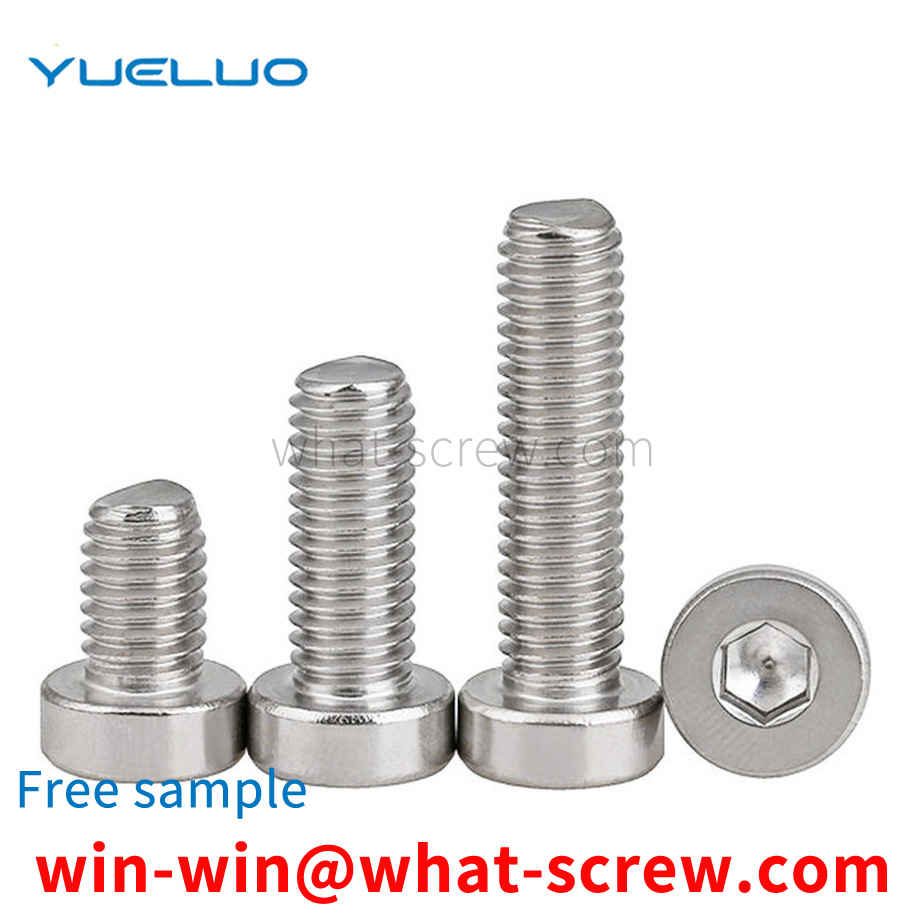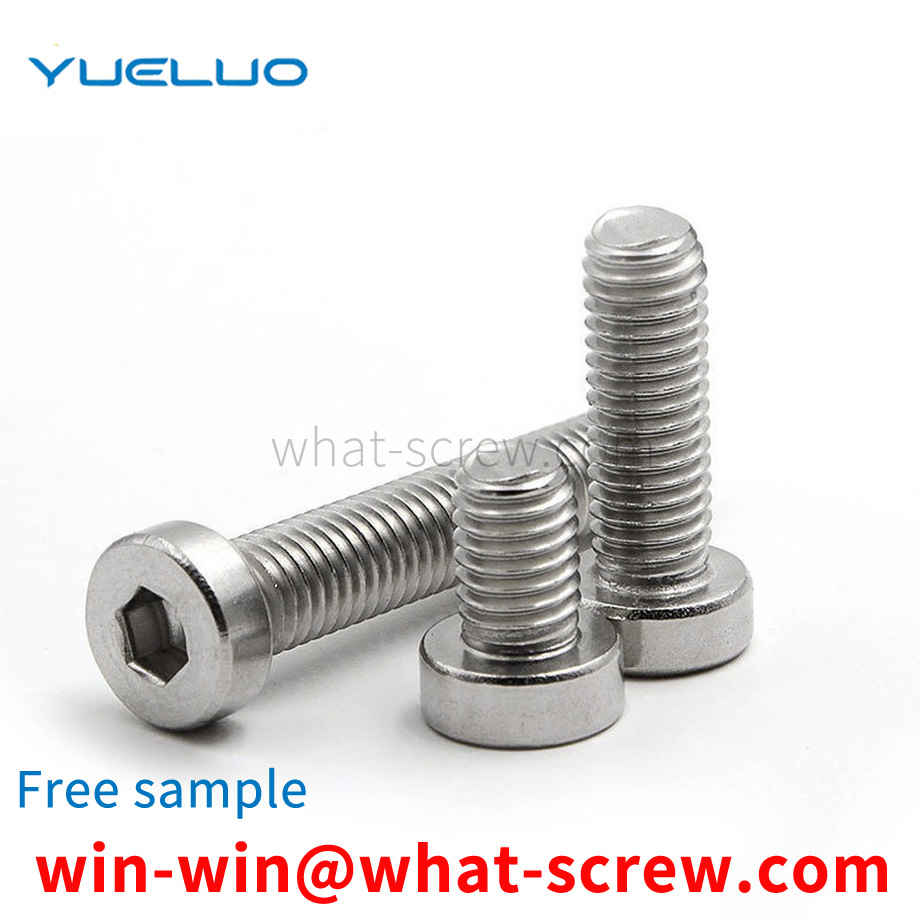Fastening of such functional elements in flat gaskets is usually achieved by additional measures or by a special design of an additional, functional layer adjacent to the carrier layer, or by a special design of the parts to be sealed. Fastening the functional elements in this way is laborious and expensive, and is only possible for special gasket designs.
Generally, the most commonly used material on the market is iron. The iron one is known as carbon steel. It is punched out or turned. After being manufactured, it is in its natural color. In order to prevent rusting, it is necessary to Electroplated. The stainless steel rivet nuts do not need electroplating. In the case of iron, the color of electroplating is generally determined by the customer, and the color of the electroplating depends on what color the customer needs. There are also some requirements for salt spray time. Some electroplating colors have a higher salt spray time, and some electroplating, less rust in a few hours. Another point is to see whether the customer needs to export the product. Generally, the export needs to be environmentally friendly, and some domestic ones also need it, but most of them are not needed.
The retaining ring is a ring-shaped component fastened on the shaft and the inner hole. Its main function is to prevent other components installed on the shaft and the inner hole from sliding axially on the shaft. It is a fixed standard part.
At present, the commonly used locking structure is a split pin (hereinafter referred to as a cotter pin type adjustment nut) or knocking the sheet on the adjustment nut into the steering knuckle groove (hereinafter referred to as a sheet type adjustment nut), these two structures are mainly used in single row Bearings are barely used in bearing units and hub bearing units. The former has a complicated structure and the cotter pin is easy to fall off; the latter requires workers to control the press-in force. Too much pressure can easily lead to the cracking of the sheet structure on the adjusting nut, and too little pressure can easily make the adjusting nut failure, and is impacted in the axial direction.
Figure 1 is a schematic structural diagram of Guangdong Yueluo Hardware Industry Co., Ltd. Figure 2 is a front view of the structure of the riveted positioning block. FIG. 3 is a top view of the structure of the riveted positioning block. Figure 4 is a front view of the structure of the riveting lower die. Figure 5 is a side view of the structure of the riveting lower die. 1, I is a rivet, 2 is a riveting positioning block, 3 is a product, 4 is another product, and 5 is a riveting lower die. [0017] Referring to Figure 2, Figure 3, 2-1 is a positioning pin, 2-2 is a rivet hole, and 2-3 is a through hole. Referring to Figure 4, Figure 5, 5-1 is a positioning hole, 5-2 is a guide block, 5_3 is a countersunk screw hole, and 5_4 is a vacant hole.
We have many years of experience in the production and sales of screws, nuts, flat washers, etc. The main products are: pin GB882 screws, lengthened screws, fine pitch hex nuts, square flat washers and other products, we can provide you with suitable fasteners for you solution.



















 Service Hotline
Service Hotline




